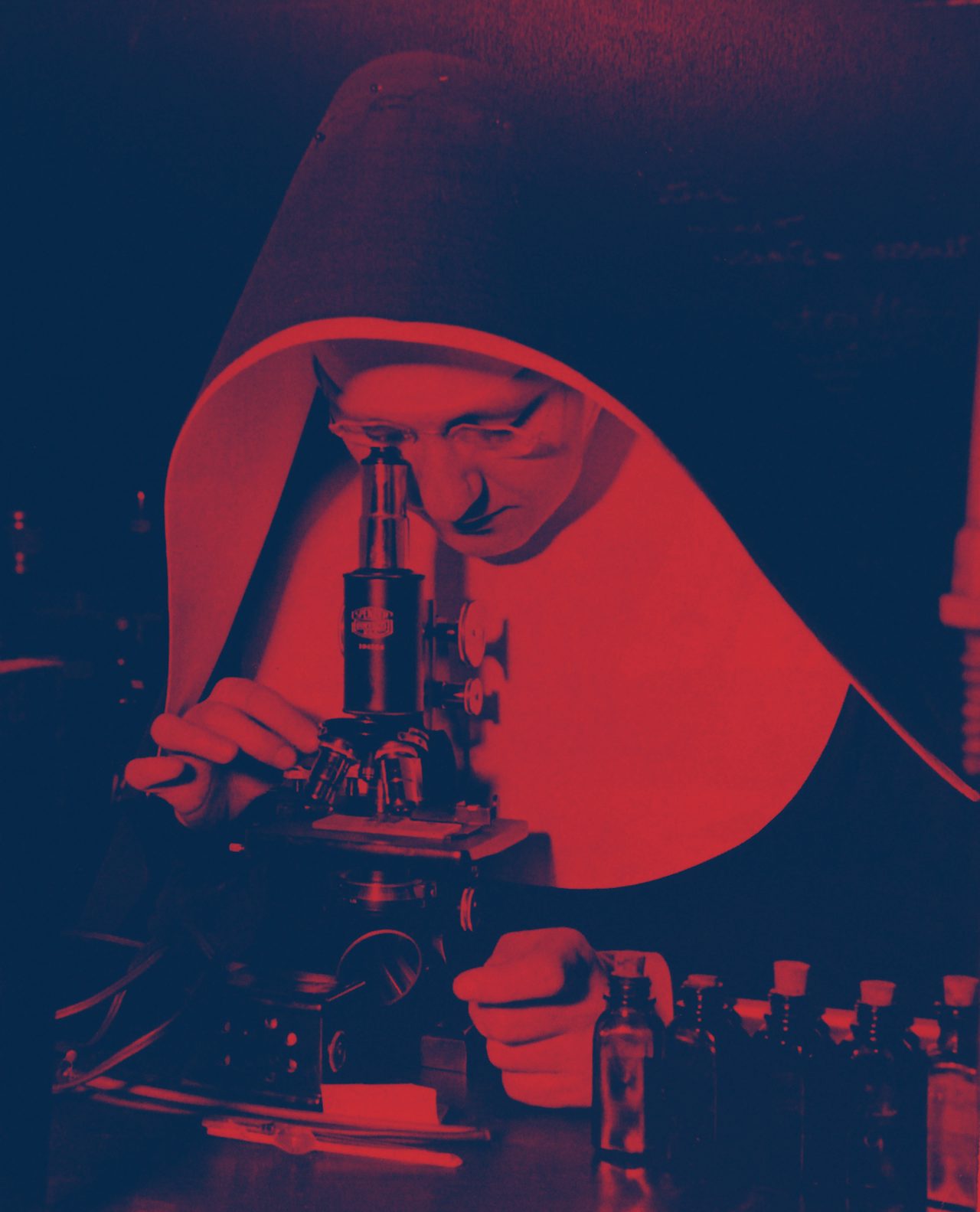One of the best-known things about human babies is that one sperm and one egg are required to construct them. That results in, historically, a two-parent person, even if only genetically. How they get together is a mystery: sex, fluids, a lab? Who is to say, really.
And modern medicine is capable of marvelous things. Britain, for instance, just approved a technique that will allow for doctors to create babies using the DNA of three, rather than the standard two, people. The procedure, which is not new but is considered controversial for several reasons, is called cytoplasmic transfer and was banned in the United States in 2002. Up to 50 people in the world are known to have been born using the procedure.
Cytoplasmic transfer was conceived in order to help women who are at risk of passing on mitochondrial disease to their children: It is rare (in Britain, it's estimated that about 1 in 3 to 5,000 babies suffers from mitochondrial problems) but usually causes serious heart, brain, or skeletal problems. It's not curable, and because it is genetic, a woman who has one child with mitochondrial disease is likely to have others.
Mitochondrial DNA, where the disease originates and is passed down, comes from women and is thus found in the egg. Cytoplasmic transfer modifies the egg by removing the nucleus DNA from the mother and injecting healthy cytoplasm from another human woman into the egg, bypassing the need for the at-risk mother's unhealthy mitochondria. A very small — about 1 percent — amount of the resulting baby's DNA will thus be from a third person.
The procedure was stopped in the US because of controveries both ethical (and really, those are obvious if not necessarily that deep) and medical, with the medical ones being more pressing. The full impact of the procedure is not known, and in particular the fact that, unlike other genetic modifications done on humans, such as bone marrow transplants, these are passed on: children born using cytoplasmic transfer will then pass on their three-person-DNA to future generations. Some, though not all, children born using the procedure test positive for the genetic material of three parents. And scientists don't know what the outcome of that will be. The 50 people already born using the procedure have not been well-tracked due to "lack of funding," one doctor who had done the procedure in the US pre-ban told the BBC in 2014.
But the decision in Britain, the BBC reports, came after its fertility regulator spent five years reviewing research and studying the ethical and medical implications and risks. So it appears that, at least for now, the procedure is considered safe and effective.
